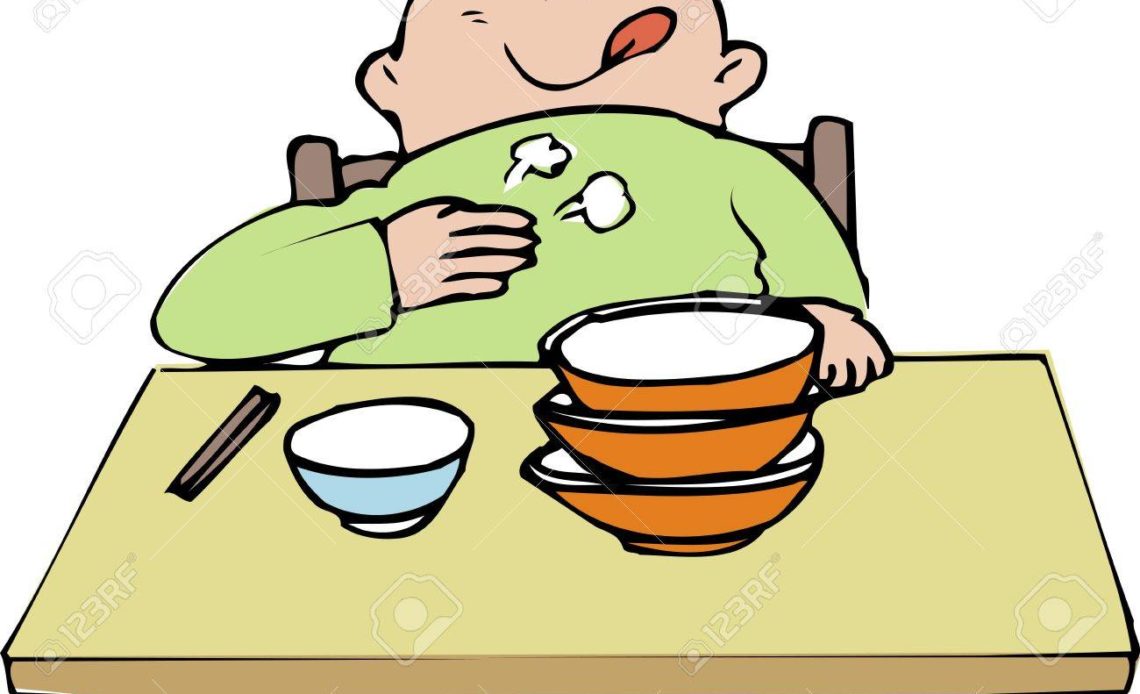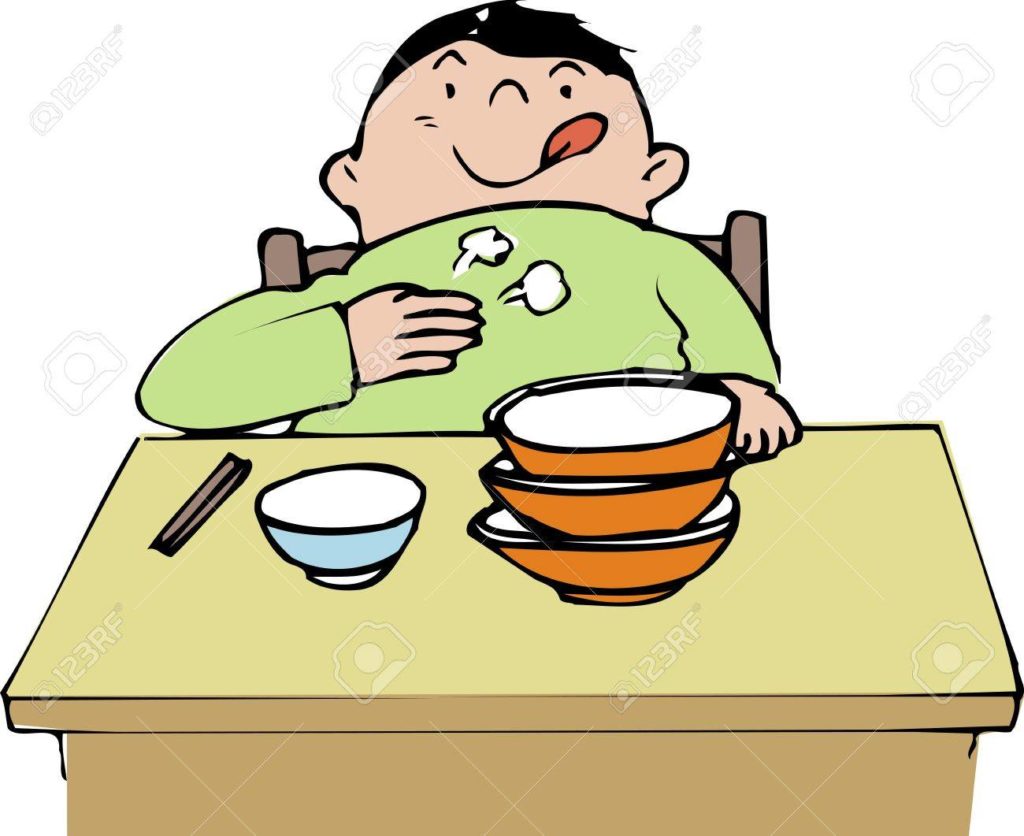

Many factor influence fullness. It is a
combination of calories content and fibers that increase the fullness stomach
sensation, the protein content ( more bcaa and thriptofane, tyrosine ) if higher
greater is the effect and the fat content in the stomach that keep for a longer
time your food in the stomach and helps to feel satiated for a longer period
Hunger is one of your body’s strongest and most beneficial stimuli. However, it
also works against you when you’re trying to lose weight. The less you eat or
the longer you postpone eating, hungrier
you become, and longer it takes to your hunger to subside once you begin to
eat..
As you know, the only way to end hunger is to eat. Eating provides satiety – a
pleasant feeling of fullness and the corresponding reduction of hunger. But did
you also know that some foods are better than others for satisfying your
hunger?
One of the biggest factors is the type of food that you eat. Some foods fill
your stomach faster and/or remain in your stomach longer, and therefor do a
better job of holding off hunger.
If there was a way of predicting satiety, we’d be able to select foods that
satisfied our hunger, but contained fewer Calories. These foods would greatly
improve our ability to create meals that were effective for weight loss.
Because of the strong relation between satiety and food’s weight, some
researchers have recommended the consumption of foods with low Caloric
densities – i.e. foods that have the fewest total Calories per gram
Unfortunately, Caloric density alone is not a reliable predictor of satiety,
and it overlooks many enjoyable foods that would make wonderful additions to
your diet. What you need is a better way to predict satiety.
The benefits of the Fullness Factor far outweigh its limitations. The satiating
effect of a food can now be more accurately predicted, solely from its nutrient
content. This means that you can anticipate which foods and recipes will be
most supportive of your diet.
Values of the Fullness Factor range from 0 to 5, with the Fullness Factor for
white bread being 1.8. That means that for servings of equal Calories, those
foods with FF’s above 1.8 are more likely to fill you up than white bread, and
foods with FF’s below 1.8 are less likely to fill you up than white bread.
Fullness Factors for Common Foods
Food FF
Bean sprouts 4.6
More filling
per Calorie
Less filling
per Calorie
Watermelon 4.5
Grapefruit 4.0
Carrots 3.8
Oranges 3.5
Fish, broiled 3.4
Chicken breast, roasted 3.3
Apples 3.3
Sirloin steak, broiled 3.2
Oatmeal 3.0
Popcorn 2.9
Baked potato 2.5
Lowfat yogurt 2.5
Banana 2.5
Macaroni and cheese 2.5
Brown rice 2.3
Spaghetti 2.2
White rice 2.1
Pizza 2.1
Peanuts 2.0
Ice cream 1.8
White bread 1.8
Raisins 1.6
